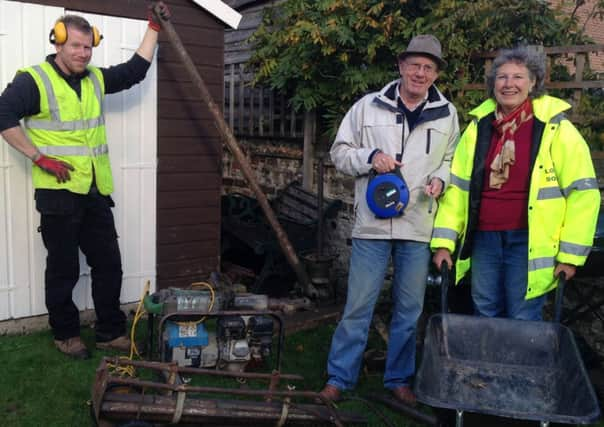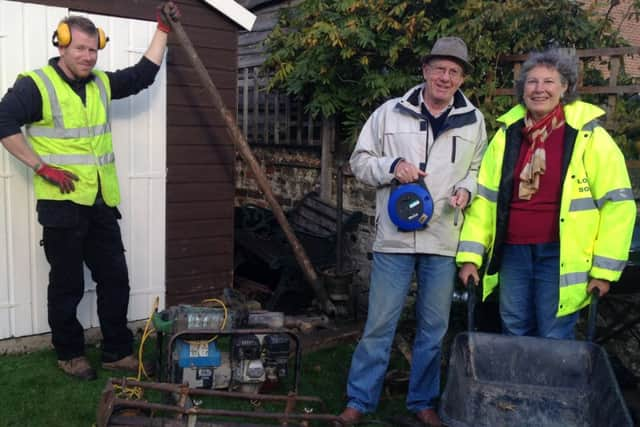Drilling down to uncover Littlehampton’s hidden flood problem


The Littlehampton Flood Action Group commissioned the drilling of three bore holes at sites across the town.
It is part of an on-going study into the area’s ground water table, which the group claims could be responsible for much of the town’s flooding problems.
Advertisement
Hide AdAdvertisement
Hide AdAngela Tester is the joint secretary of the group, alongside Danny Surridge.


She said: “This is very, very important for the town. Ground water is a hidden problem and there are people living with it.
“You can lift some people’s floorboards and almost be looking at the water table.”
The operation was funded by a £2,500 grant from Operation Watershed.
Advertisement
Hide AdAdvertisement
Hide AdThe three holes were excavated in Clifton Road, New Road and Arundel Road. Contractors from Hampshire-based Soils Ltd drilled down five metres and helped to install monitoring equipment.
It’s hoped that this equipment will then measure how rainfall and tidal swells impact the area’s ground water table and whether this could lead to flooding.
“Ground water flooding is the worst type of flooding because the water has nowhere to escape to,” Angela added. “So it’s important we find out just what the situation is with the area’s ground water tables to see how we can better tackle flooding.”